JAPAN LIVING ROOM
- shahrul zamir

- Jun 1, 2020
- 2 min read
Updated: Jun 3, 2020
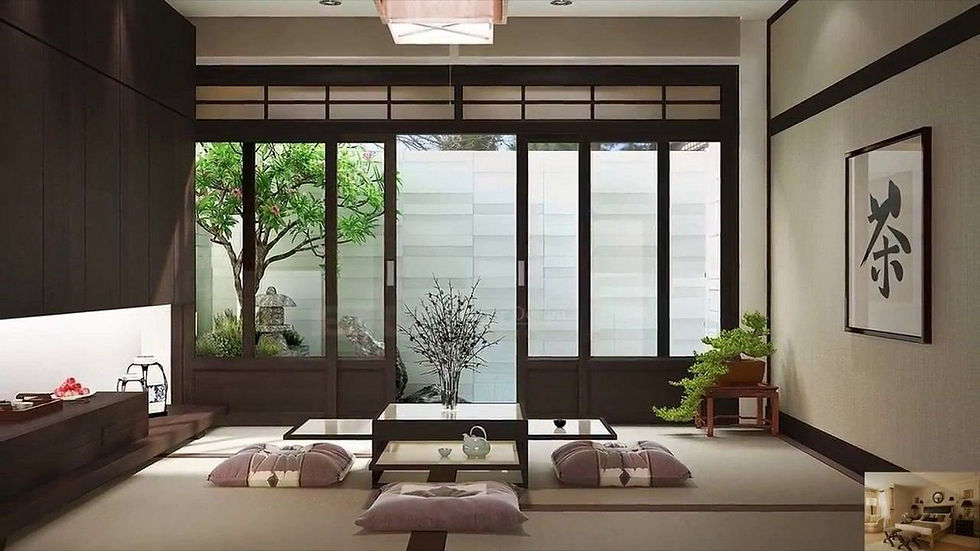
Japan is a densely populated space in many locations, where space is at a premium. What some people in Western countries consider to be smallish or even cramped living spaces, the Japanese consider to be quite comfortable. When it comes to the living room, the space most commonly occupied, there are still other cultural aspects that play a significant role in its design
A distinction that needs to be made concerning the Japanese living room is that in many homes and apartments rooms are considered to be multipurpose. Again, space is at a premium in many Japanese cities, so living areas must be flexible enough to convert into spaces for living, eating, and sleeping. It is required to think outside of the box when thinking about the key characteristics of a Japanese “living room.”
Traditional homes

A traditional Japanese house does not have a designated use for each room aside from the entrance area (genkan), kitchen, bathroom, and toilet. Any room can be a living room, dining room, study, or bedroom. This is possible because all the necessary furniture is portable, being stored inoshiire, a small section of the house (large closets) used for storage. It is important to note that in Japan, living room is expressed asima, living "space". This is because the size of a room can be changed by altering the partitioning. Large traditional houses often have only one ima (living room/space) under the roof, while kitchen, bathroom, and toilet are attached on the side of the house as extensions.


DOOR DESIGN
One of the most common types is fusuma, sliding doors made from wood and paper, which are portable and easily removed. Fusuma seal each partition from top to bottom so it can create a mini room within the house. On the edge of a house, wooden floored passages, that are similar to hallways. Sliding and portable doors that are also made from paper and wood. Unlike fusuma, paper used for shōjiis very thin so outside light can pass through into the house. This was before glass began to be used for sliding doors.
FUSUMA DOOR
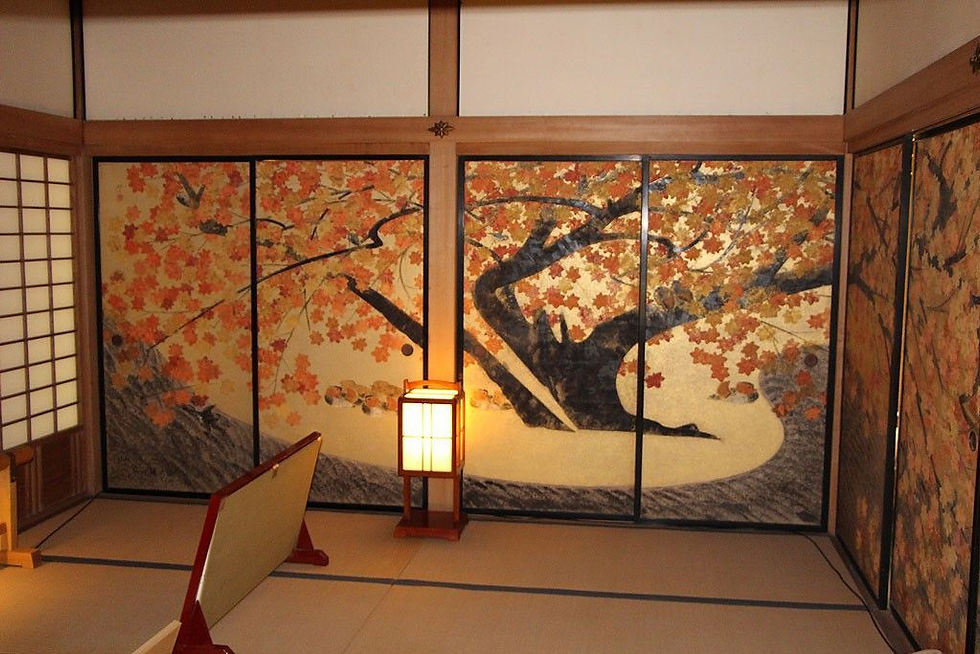
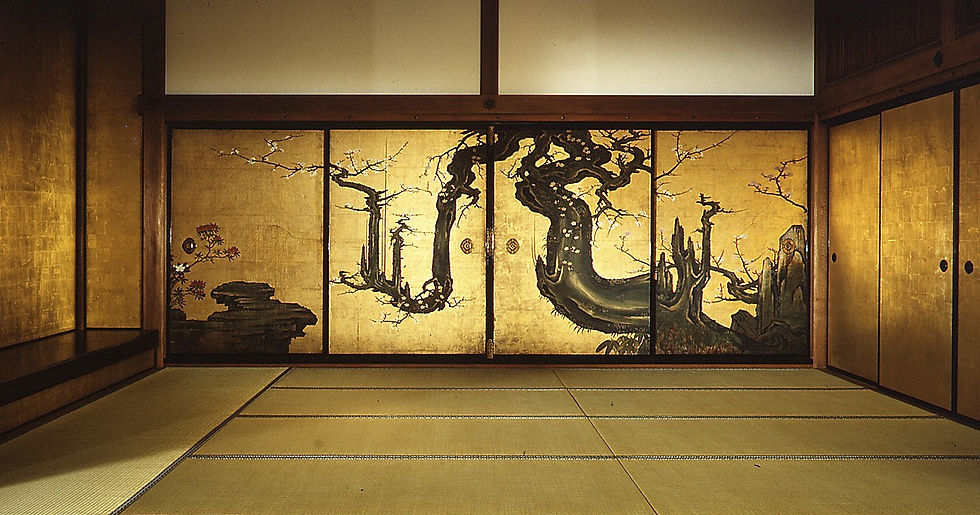

LIVING ROOM ACCESORIES
A formal bonsai display is arranged to represent a landscape, and traditionally consists of the featured bonsai tree in an appropriate pot atop a wooden stand. These three elements are chosen to complement each other and evoke a particular season, and are composed asymmetrically to mimic nature.

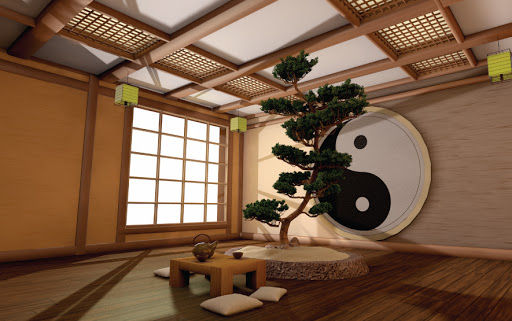



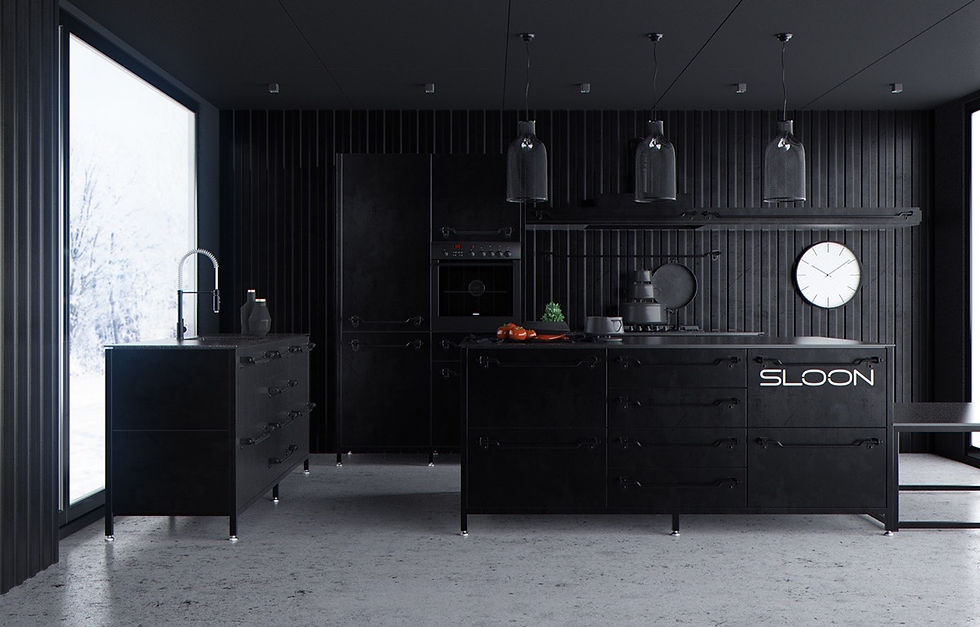

Comments